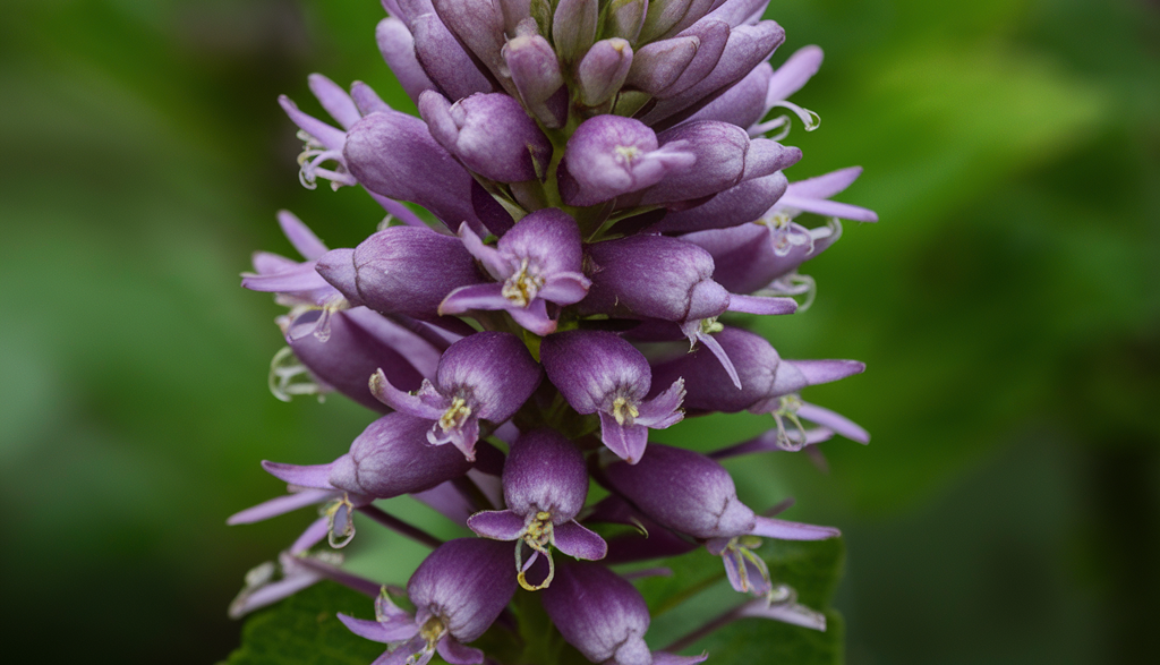Chaste
Chaste tree, scientifically known as Vitex agnus-castus, is a small deciduous shrub native to the Mediterranean region and Central Asia. Also called chasteberry or monk’s pepper, this plant is known for its aromatic leaves, slender spikes of violet flowers, and small, peppercorn-like fruits. Historically, it has been valued for its medicinal properties and symbolic association with chastity.
Part Used: The berries, leaves, and sometimes the seeds of the chaste tree are the primary parts used for their medicinal benefits. The berries are particularly valued for their therapeutic compounds, such as flavonoids, iridoids, and essential oils, which contribute to the plant’s various health-promoting properties.
Usage: Chaste tree berries are widely used in traditional and modern herbal medicine to address a range of hormonal imbalances and reproductive issues, particularly in women. They are commonly used to alleviate symptoms of premenstrual syndrome (PMS), regulate menstrual cycles, and manage menopause symptoms. The berries can be consumed in various forms, including tinctures, capsules, and teas. Additionally, chaste tree extracts are sometimes used to treat acne and other skin conditions due to their anti-inflammatory and antibacterial properties.
Agrotechniques: Cultivating chaste tree requires a warm, sunny location with well-drained soil. It is tolerant of drought and poor soil conditions, making it a hardy plant for various environments. Propagation is typically done through seeds or cuttings, with planting preferably done in spring. The chaste tree benefits from occasional watering during dry periods but generally requires minimal maintenance. Pruning can help shape the plant and encourage more prolific flowering. Harvesting of berries should be done in late summer to early autumn when they are fully mature. Proper drying and storage of the berries are essential to preserve their medicinal properties for later use.

